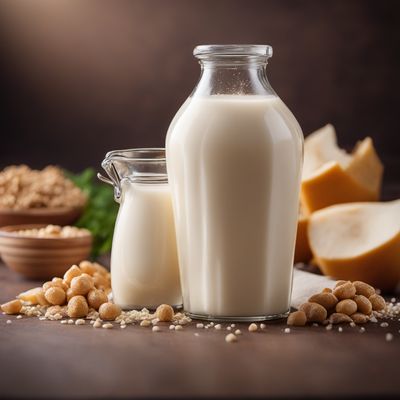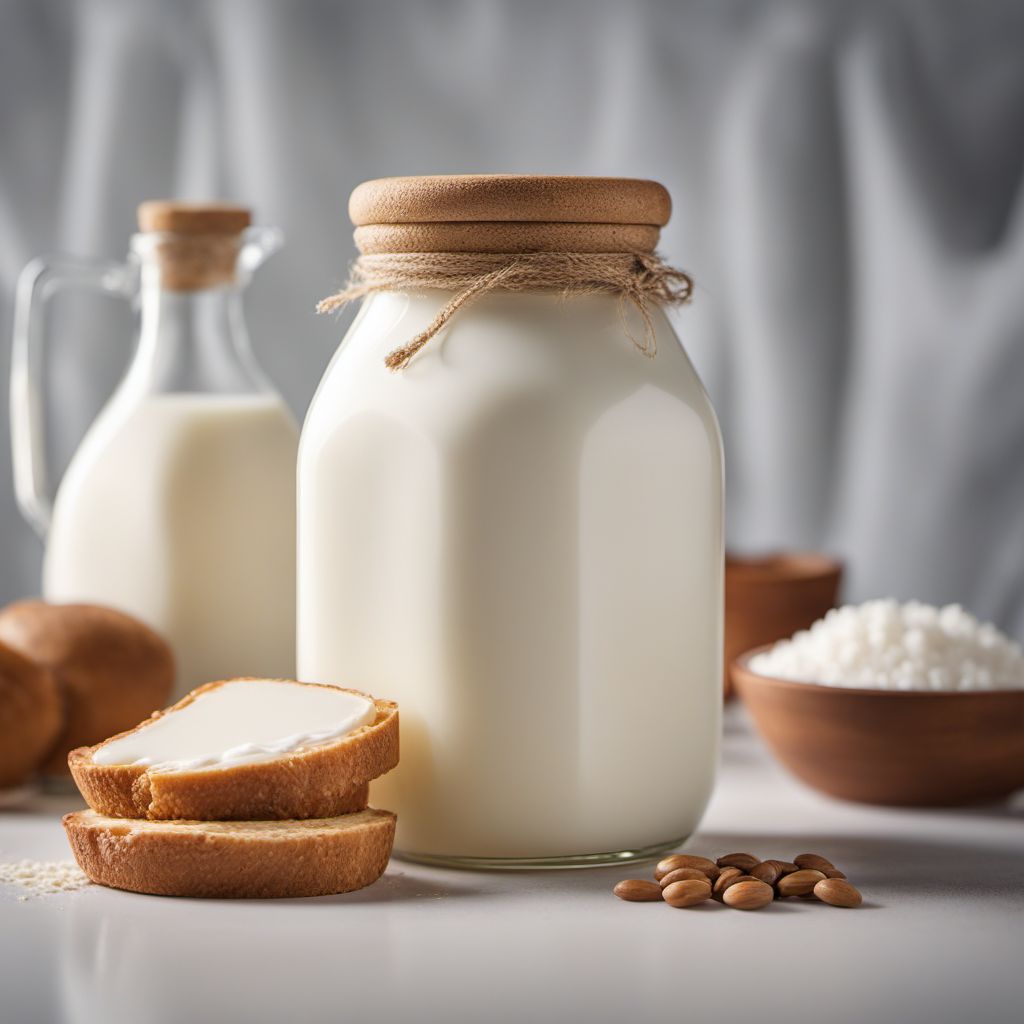
Ingredient
Cow milk, whole
The Creamy Elixir: Whole Cow Milk
Whole cow milk is a white, opaque liquid with a creamy texture. It has a rich and slightly sweet flavor, with a subtle hint of grassiness depending on the cow's diet. The milk contains a balance of fats, proteins, and carbohydrates, providing essential nutrients for growth and development.
Origins and history
The consumption of cow milk dates back thousands of years and has been an integral part of various cultures around the world. It has been used as a primary source of nutrition, a base for dairy products like cheese and yogurt, and a refreshing beverage. Cow milk has played a significant role in human history, providing sustenance and nourishment.
Nutritional information
Whole cow milk is a good source of calcium, protein, and vitamins such as vitamin D and vitamin B12. It also contains essential minerals like phosphorus and potassium. A cup of whole cow milk provides approximately 150 calories, 8 grams of fat, 8 grams of protein, and 12 grams of carbohydrates.
Allergens
Cow milk may cause allergic reactions in individuals with lactose intolerance or milk protein allergies. It is important to note that whole cow milk contains higher levels of fat compared to low-fat or skim milk, which may not be suitable for individuals with certain dietary restrictions or health conditions.
How to select
When selecting whole cow milk, look for a fresh and unopened container with a well-sealed cap. Check the expiration date to ensure freshness. Inspect the milk for any signs of spoilage, such as an off smell or curdled appearance. Opt for organic or pasture-raised milk for a higher quality product.
Storage recommendations
To maintain the freshness and quality of whole cow milk, it should be stored in the refrigerator at a temperature of 40°F (4°C) or below. Keep the milk in its original container, tightly sealed, and away from strong-smelling foods to prevent absorption of odors. Avoid exposing the milk to direct sunlight or extreme temperature changes.
How to produce
Producing cow milk requires specialized knowledge and equipment. It involves raising and caring for dairy cows, ensuring their health and well-being, and following strict hygiene practices during milking and processing. It is best left to professional dairy farmers with the necessary resources and expertise.
Preparation tips
Whole cow milk can be used in a variety of ways in the kitchen. It is commonly used for drinking, making smoothies, or pouring over cereal. It is also a key ingredient in baking, adding moisture and richness to cakes, cookies, and bread. Additionally, whole cow milk is the base for various dairy products like cheese, yogurt, and ice cream.
Substitutions
Whole cow milk can be substituted with other types of milk such as goat milk, sheep milk, or plant-based alternatives like almond milk or soy milk. However, the flavor and texture may vary, so adjustments may be needed in recipes. It is important to consider any dietary restrictions or allergies when choosing a substitute.
Culinary uses
Whole cow milk is a versatile ingredient used in a wide range of culinary applications. It is commonly used in cooking and baking, such as making creamy sauces, custards, and puddings. It is also a popular choice for making cheese, butter, and other dairy products. Additionally, whole cow milk is enjoyed on its own or as a base for beverages like milkshakes and hot chocolate.
Availability
Whole cow milk is widely available in most grocery stores and supermarkets around the world. It is a common staple in many households and is easily accessible in both rural and urban areas.
More ingredients from this category
Recipes using Cow milk, whole » Browse all

Creamy Rice Delight
Velvety Rice Pudding with a Roman Twist

Chinese Almond Pudding
Silk Road Delight: Chinese Almond Pudding

Creamy Lima Beans with Milk and Egg Yolks
Velvety Lima Beans Delight

Chinese Egg Custard Tart
Silky Smooth Egg Custard Tart: A Delicate Chinese Delight
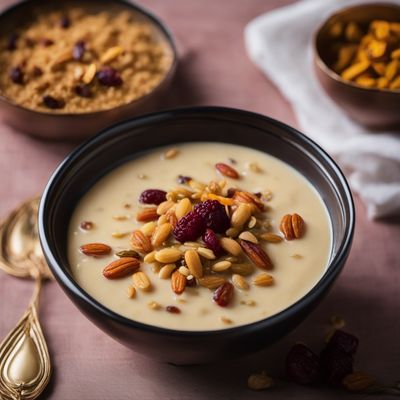
Hyderabadi Ashta Kheer
Royal Hyderabadi Ashta Kheer: A Creamy Delight Fit for Royalty

Classic Boston Cream Pie
Decadent Delight: Heavenly Layers of Cream and Chocolate

Tres Leches Cake Recipe
Heavenly Delight: Tres Leches Cake
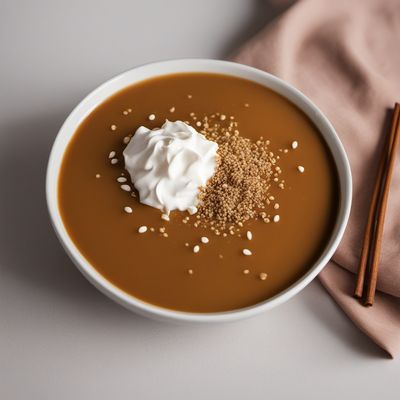
Nagoya-style Miso Pudding
Umami Delight: Nagoya-style Miso Pudding

Inipit - Filipino Custard-Filled Cake
Heavenly Inipit Delight: A Filipino Custard-Filled Cake to Savor

Litá Bublanina with Fresh Berries
Wholesome Czech Delight: Litá Bublanina with Bursting Fresh Berries
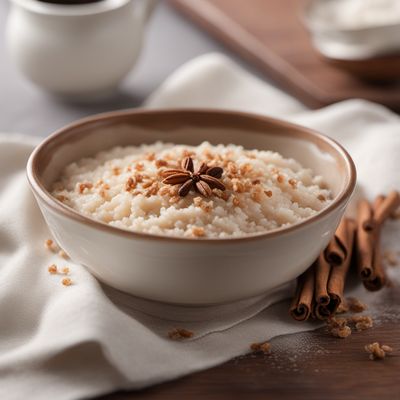
Glorious Rice Pudding
Heavenly Rice Delight

Artichoke Gratin
Golden Baked Artichoke Delight
